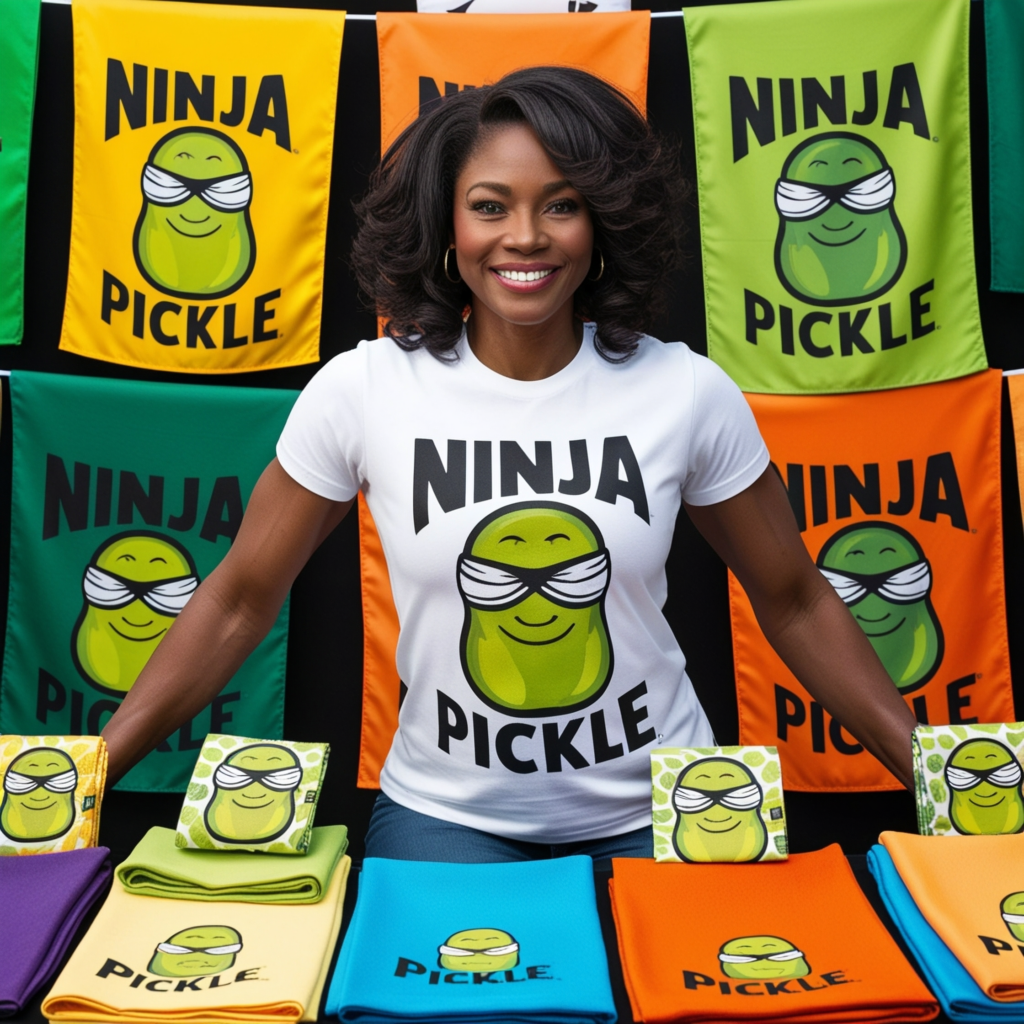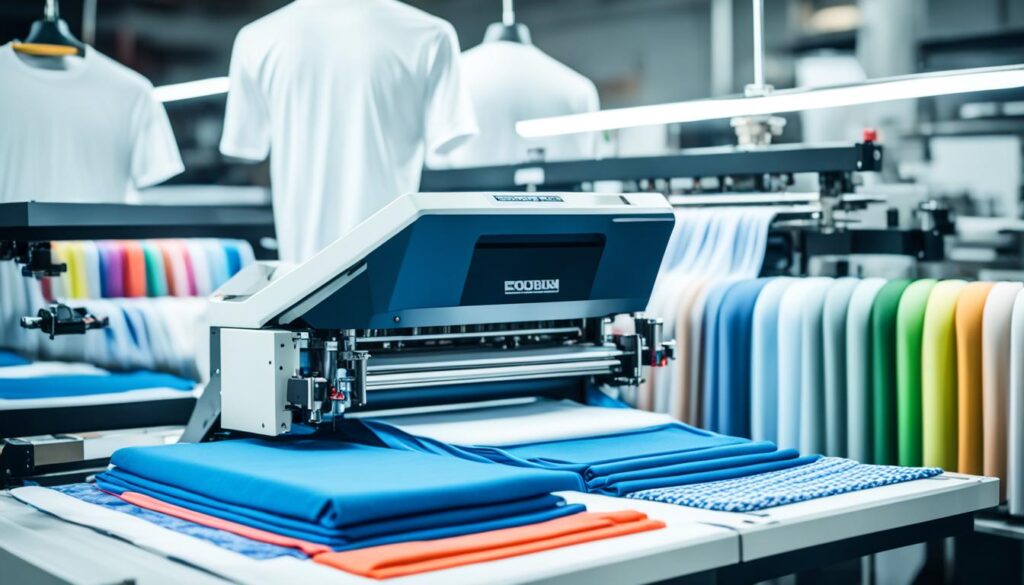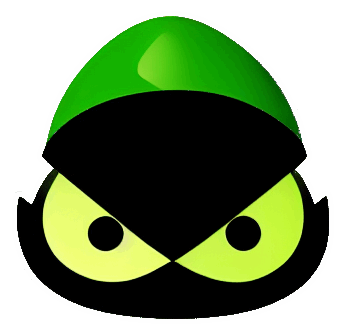Print on demand or POD has changed how designers make and sell custom items. It opens up many chances for creative people to start their own businesses. By learning design tips and POD success strategies, you can make your art into a successful business.

This guide will cover the key parts of designing for print on demand. You’ll find out how to make designs that grab attention, pick the best products, and handle the technical side of POD. These tips are great for both experienced designers and beginners in the custom product world.
Key Takeaways
- Understand the basics of print on demand and its benefits
- Learn essential design software for creating POD products
- Discover how to choose profitable and trendy products
- Master color modes, resolution, and file formats for POD
- Explore effective marketing strategies for your POD business
- Gain insights into pricing your custom products competitively
Understanding Print on Demand: A Brief Overview
Print on demand (POD) is changing how designers and entrepreneurs make and sell custom items. This new way lets you make products only when people order them. This means you don’t need to keep inventory or pay for it upfront.
What is Print on Demand?
Print on demand means making products one at a time after someone buys them. This includes things like t-shirts, mugs, books, and more. You design the item, and then, when someone buys it, the POD service prints and sends it to them.

Benefits of Print on Demand for Designers
POD has many perks for creative folks:
- Low risk: No need to invest in inventory
- Time-saving: Platforms handle printing and shipping
- Customization: Create unique designs for various products
- Scalability: Easily expand your product line
These benefits let designers focus on making great art. They don’t have to worry about the business side.
Popular Print on Demand Platforms
There are many POD platforms for different needs and tastes:
| Platform | Specialties | Integration |
|---|---|---|
| Printful | Wide product range | Shopify, WooCommerce |
| Printify | Multiple print providers | Etsy, eBay |
| Redbubble | Artist-focused marketplace | Standalone platform |
Each POD platform has its own special features to help you start and grow your business. By learning about POD and using the right tools, you can turn your creative ideas into successful products.
Essential Design Software for Print on Demand
Creating stunning designs for your print-on-demand business needs the right graphic design software. Let’s look at some key design tools that can make your products stand out.
Canva is great for those who want something easy to use. It’s online and has templates, stock images, and simple design tools. It’s perfect for making quick designs or mockups for POD products. If you’re new to design, we recommended starting here.
Adobe Creative Suite is a top choice for POD design. It has Photoshop for editing images, Illustrator for vector graphics, and InDesign for layouts. These tools give you total control over your designs. It’s what the pros use.
GIMP (GNU Image Manipulation Program) is a free, open-source Photoshop alternative. It takes more time to learn but has similar features to Photoshop. GIMP is great for designers watching their budget but still need strong image editing tools.
| Design Software | Best For | Pricing |
|---|---|---|
| Adobe Creative Suite | Professional designers | Subscription-based |
| Canva | Beginners and quick designs | Free with paid options |
| GIMP | Budget-conscious designers | Free |
The best graphic design software for you depends on your skills, budget, and needs. Try out different tools to see which one works best for you and your POD projects.
Choosing the Right Products for Your Designs
Choosing the right products is key for your print-on-demand business. Let’s look at strategies to help you make smart choices. This will boost your profits.
Researching Market Trends
Begin with deep market research to find popular products and new trends. Use Google Trends, social media, and e-commerce sites to see what people like. Look for seasonal trends and niche markets that fit your design style. The key here is to know your target audience. Your products have to speak to them. This is honestly the toughest part but getting it right means all the other aspects are that much easier.
Analyzing Profit Margins
Knowing your profits is vital for a strong business. Figure out your earnings by looking at production costs, platform fees, and shipping. Pick products with high profit margins to increase your income. Here’s a look at some popular POD items:
| Product | Average Selling Price | Production Cost | Profit Margin |
|---|---|---|---|
| T-shirts | $24.99 | $12.50 | 50% |
| Mugs | $19.99 | $8.00 | 60% |
| Phone Cases | $29.99 | $10.00 | 67% |
Considering Product Quality and Durability
Product quality is crucial for happy customers and repeat sales. Pick items that show off your designs well and last a long time. Test samples from different suppliers to check quality. High-quality products mean good reviews and fewer returns, which helps your brand.
By using market research, profit analysis, and a focusing on quality, you’ll make great choices for your POD business.
Creating Eye-Catching Designs That Sell
Making attractive designs is crucial for selling POD products. To make your designs stand out, keep up with design trends and use smart design tips.
Color theory is vital for making designs look good. Use colors that complement each other to make your designs pop. Bold colors can help your products stand out in a crowded market.
Keep your designs simple and clean. Too many elements can overwhelm and reduce sales. Focus on a main theme or message in your artwork.
Typography is another important aspect. Pick fonts that are easy to read and fit your design’s style. Mixing different fonts can add interest, but don’t overdo it.
“Good design is obvious. Great design is transparent.” – Joe Sparano
Keep up with the latest design trends to keep your products fresh. Use popular elements like minimalism, vintage-inspired graphics, or hand-drawn illustrations to draw in customers.
| Design Element | Impact on Sales | Examples |
|---|---|---|
| Bold Colors | High | Neon accents, vibrant patterns |
| Typography | Medium | Custom lettering, mixed fonts |
| Minimalism | High | Simple logos, negative space |
| Illustrations | Medium | Hand-drawn elements, doodles |
The secret to selling POD products is making designs that connect with your audience. Try out different styles and elements to see what’s best for your brand and customers.
Print on Demand Tips for Success: Mastering the Basics
Learning the basics of POD design is key to making great products. Let’s explore important tips to improve your designs and increase sales.
Understanding Color Modes and Resolution
Color modes affect print quality. Use RGB for digital items and CMYK for physical ones. High resolution, like 300 DPI, is crucial for clear prints on all products.
Optimizing File Formats for Different Products
Optimizing files keeps your designs looking sharp. Choose PNG for designs with transparent backgrounds, and JPEG for photos or detailed images. Vector files (SVG or AI) work best for large, scalable designs.
Ensuring Design Placement and Sizing
Right placement makes products look better. Here are tips for common items:
| Product | Placement | Size (inches) |
|---|---|---|
| T-shirts | Center chest | 10-12 wide, 12-14 high |
| Mugs | Centered, 1″ from top/bottom | 3-3.5 wide, 3-3.5 high |
| Tote bags | Center, 3-4″ from top | 8-10 wide, 8-10 high |
Mastering these POD design basics will help you make standout products. Don’t forget to try different designs and ask customers for feedback to improve your work.
Navigating Copyright and Licensing Issues
Print on demand businesses face a complex world of copyright laws and intellectual property rights. It’s vital for designers to grasp these legal aspects for success and protection.
Copyright laws shield original artistic works, like designs for print on demand products. To stay on the right side of the law, either create your own art or get the right licenses for any elements you incorporate. Design licensing agreements let you use specific graphics or patterns in your products legally.
When you use designs or fonts from others, make sure to check the licensing terms. Some licenses might not allow commercial use or could require you to give credit. Keep all your licenses and permissions well-documented to avoid legal problems.
“Ignorance of the law is no excuse. Educate yourself on copyright and licensing to protect your business and respect others’ intellectual property.”
Be careful with popular characters, logos, or trademarks in your designs. These are often under copyright or trademark protection. Using parodies or fan art can be tricky, as it’s hard to know where fair use ends and infringement begins.
| Legal Consideration | Best Practice |
|---|---|
| Copyright Infringement | Create original designs or obtain proper licenses |
| Trademark Violations | Avoid using protected logos or slogans |
| Fair Use | Understand limitations and seek legal advice when uncertain |
| Licensing Agreements | Keep detailed records of all licenses and permissions |
Keeping an eye on legal matters in your print on demand venture shields you from lawsuits and helps you gain a good name. It shows you’re a responsible, ethical designer.
Marketing Strategies for Your Print on Demand Business
Successful POD marketing needs a mix of tactics to reach potential customers. Let’s look at effective strategies to boost your print on demand business.
Leveraging Social Media Platforms
Social media is key for POD businesses. Use platforms like Instagram and Pinterest to show off your designs. Make your posts stand out by featuring your products in real-life settings.
Engage with followers by answering their comments and running contests. This will help increase your visibility.
Building an Email List
Email marketing is still a strong tool for POD businesses. Offer discounts or free shipping to get people to sign up for your newsletter. Send regular updates about new designs, promotions, and behind-the-scenes content.
This keeps subscribers engaged and helps drive sales.
Collaborating with Influencers
Working with influencers can really help your POD business. Choose influencers who have followers that match your target market. Give them samples of your products to share on their platforms.
This can lead to more people knowing about your brand and buying your products.
| Marketing Strategy | Benefits | Challenges |
|---|---|---|
| Social Media Promotion | Wide reach, visual appeal | Algorithm changes, content saturation |
| Email Marketing | Direct communication, high ROI | List building, avoiding spam filters |
| Influencer Collaborations | Targeted exposure, credibility | Finding right partners, measuring ROI |
By using these strategies together, you can make a strong marketing plan for your print on demand business. Always keep an eye on your results and tweak your approach as needed. This will help you succeed in the competitive POD market.
Pricing Your Print on Demand Products
Setting the right price for your print on demand products is crucial for success. You must balance profit and market competitiveness. Think about production costs, market trends, and your design’s value when setting prices.
First, figure out your base costs, like printing, shipping, and platform fees. Then, add your desired profit margin. Profit margins change based on product type and demand. Look at similar items to see what others charge and adjust your prices.
Testing different prices is okay. Sometimes, unique, high-quality designs can command higher prices. Other times, lower prices can help you stand out in a crowded market. Watch your sales data and adjust your pricing as needed.
Lastly, think about offering bundle deals or discounts for buying more. This can increase your sales and give customers a good deal. By refining your pricing, you’ll boost your chances of a successful print on demand business.
